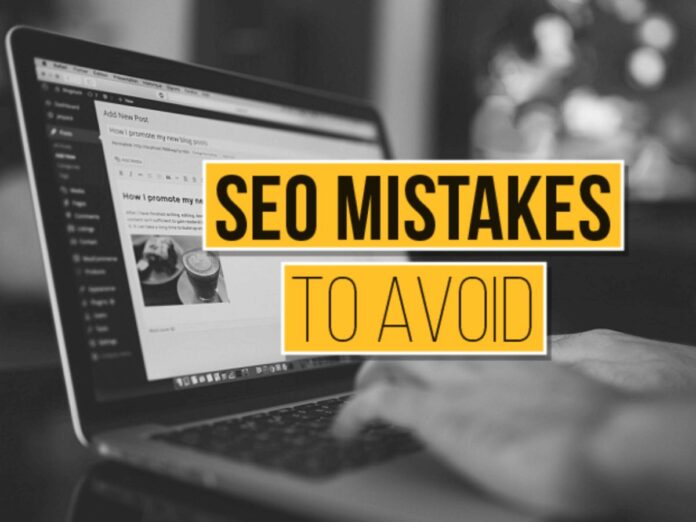Image optimisation is an important tactic to increase the probability of ranking in SERPs. This involves getting images to improve their understanding by the search engines, reducing download time, and ultimately improving user experience. The necessary techniques are the compression of images with a view of reducing loading times while retaining their quality and also reducing the size of the files. Responsive images are in harmony with various sizes of screens, hence available to access via various devices. Lazy loading of images delays the loading of images outside the viewport, boosting site speed.
Relevant Alt Text:
Adding relevant alt text enhances accessibility and helps search engines understand the content of images. Descriptive file names improve indexing and make images more search-friendly. Incorporating structured data provides detailed information about images, thus boosting their visibility in search results. For businesses seeking to maximise online presence, professional SEO services London UK can help implement these techniques effectively. Optimising images not only enhances user experience but also contributes significantly to higher rankings and better engagement. A well-optimised site leads to increased traffic and improved conversions.
Using the Wrong Image Format:
Choosing the right image format is essential for maintaining quality and performance. Each format has unique characteristics suited for specific uses. JPEG works well for photos due to high compression and decent quality but lacks transparency and animation support. PNG is ideal for logos, icons, and graphics with transparency, offering lossless compression but at a larger size.
GIF supports animations but has limited colours and large file sizes, making it less practical for detailed visuals. WebP, a modern format, combines excellent compression and quality but isn’t supported by all browsers. Always choose a format that aligns with your image’s purpose and audience needs. Poor format choices can lead to slow loading, poor quality, and compatibility issues.
Ignoring Image Size and Dimensions:
Unoptimized image uploads damage your site’s performance because it affects both page load speed and content display. Using large pictures from your site takes bandwidth and makes pages load slower but small pics appear distorted. When you upload a large 3000×2000 pixel image to create a small 300×200 pixel thumbnail the browser must resize it instantly which slows down page loading and decreases image quality. Correct the image size and shape using proper tools before adding them to the site. Resizing your media files benefits your storage space and site performance while preserving your design quality.
Forgetting to Optimise Image Filenames and Alt Text:
Image file names and ALT text are very important for SEO and user experience. Filenames should be descriptive and relevant, like “blue-sky-clouds.jpg” instead of “IMG1234.jpg.” Similarly, the alt text should describe the image accurately and naturally include keywords. For example, “a blue sky with white clouds” is more effective than “image” or blank alt text. These elements help search engines rank images better and make your site accessible to users with screen readers. Remember, optimising filenames and alt text benefits both your audience and search engine visibility.
Overlooking Image Compression and Quality:
Balancing image compression and quality is key to optimal performance. Compressing images too much creates a blurry or pixelated appearance, while insufficient compression results in large file sizes and slow loading times. Use tools like progressive JPEGs, online compressors, or plugins to reduce file sizes without sacrificing quality. Modern formats like WebP or AVIF offer high compression and quality. Regularly test your images to ensure they load quickly while maintaining clarity. High-quality images enhance user experience and prevent high bounce rates caused by slow-loading visuals.
Neglecting Responsive Images and Lazy Loading:
Responsive images and lazy loading improve performance, especially on mobile devices. Responsive images adapt to screen size and resolution by using different sources or sizes. Lazy loading delays the loading of off-screen images until users scroll to them, reducing bandwidth usage and speeding up your site. However, avoid lazy loading for hero images or above-the-fold visuals, as these should load instantly. Implementing these techniques using HTML attributes, CSS rules, or JavaScript libraries enhances the browsing experience and ensures smooth, responsive performance on all devices.
Skipping Image Testing and Analysis:
Regular image testing and analysis are vital for identifying optimisation issues and opportunities. Tools like Google PageSpeed Insights, GTmetrix, or Pingdom help measure image loading times and overall site performance. Use Google Search Console and Google Analytics to evaluate how images contribute to rankings, traffic, and conversions. Testing ensures you catch errors, identify underperforming areas, and refine your strategy. Additionally, update images regularly to keep your content fresh, enable browser caching to avoid unnecessary reloads, and consider using vector graphics for simple visuals to save file size.
Conclusion:
Optimising images allows you to enhance the performance and user experience of a website. This can be achieved through techniques such as compression, responsive images, alt text, and structured data, which help improve loading times, accessibility, and search engine rankings. These practices boost visibility but make sure that the right message reaches and engages a bigger audience effectively, leading to the overall success of your website.








